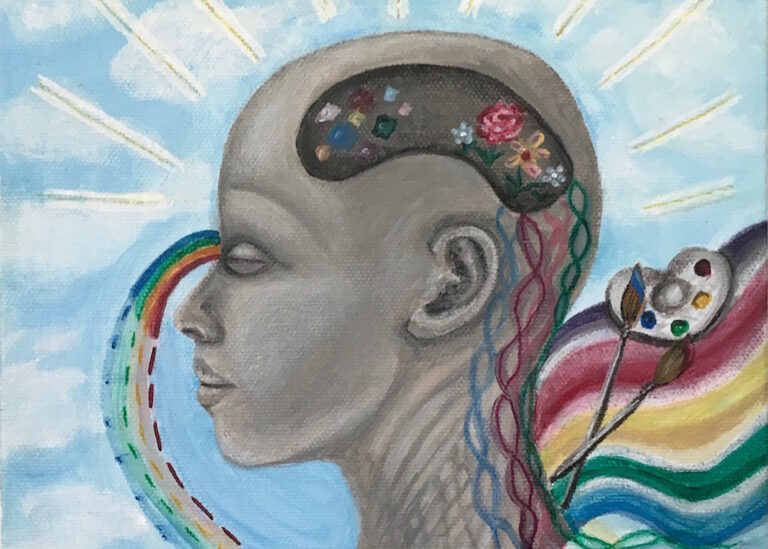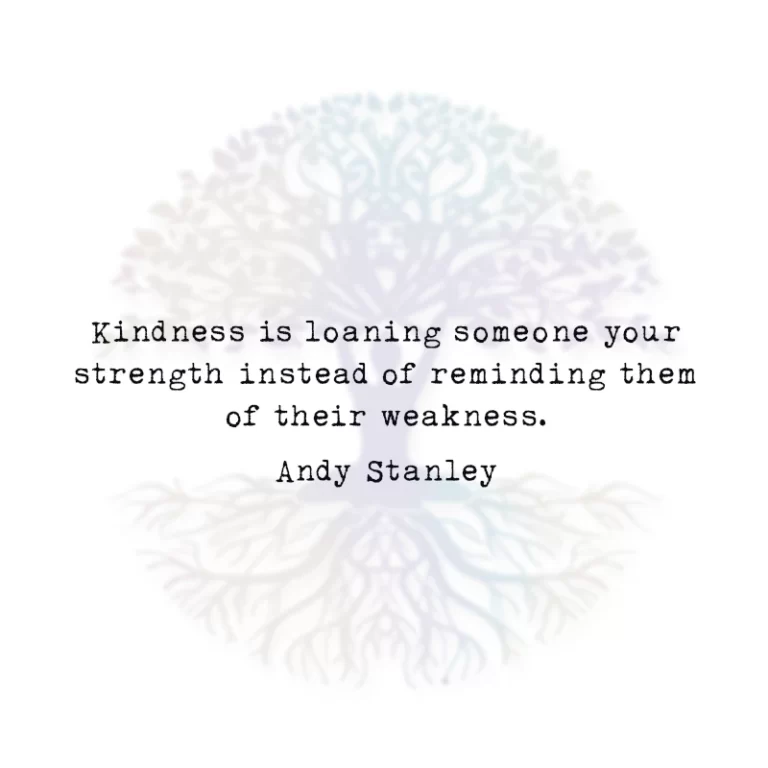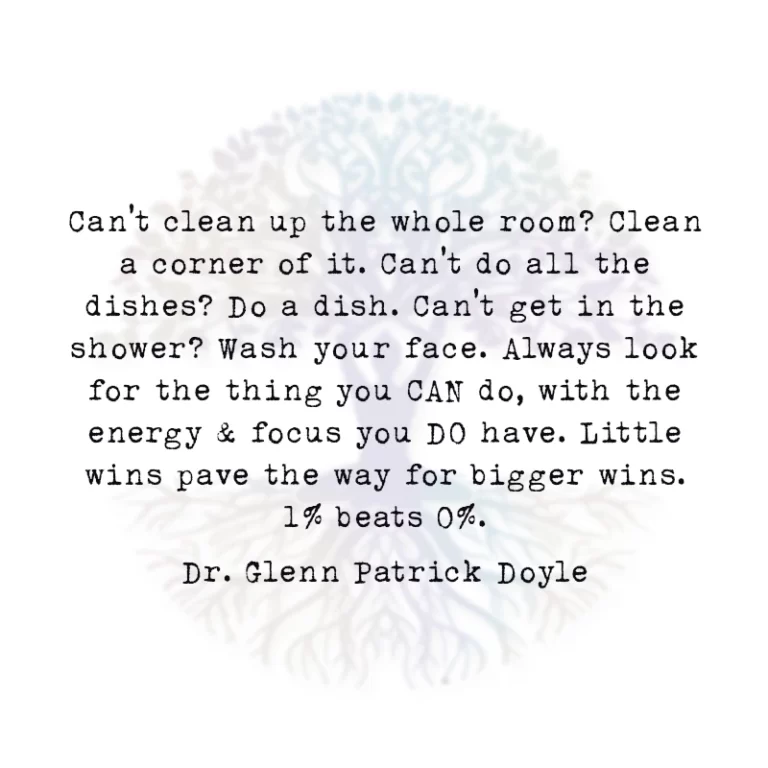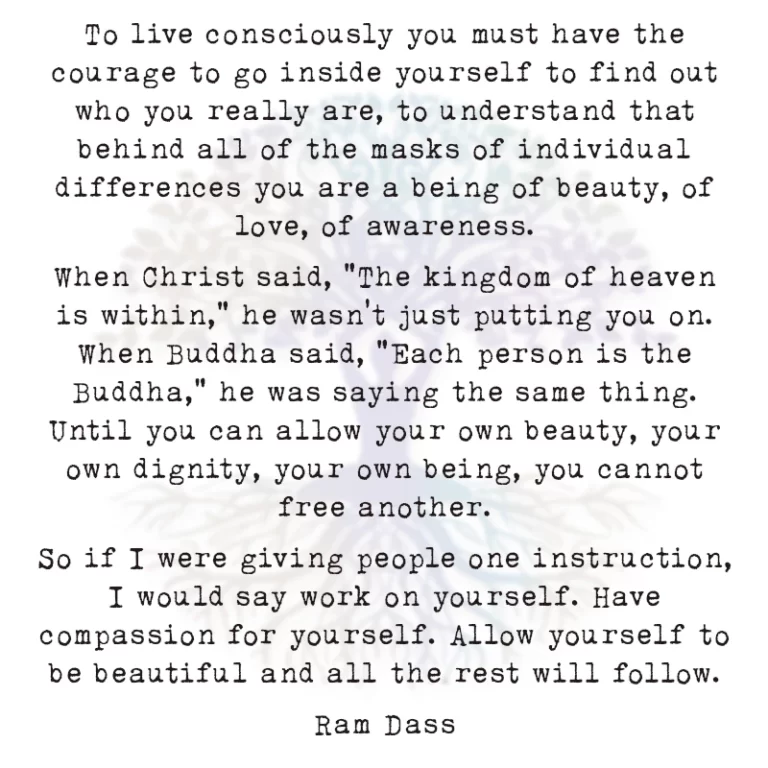“In the mind’s eye, a fractal is a way of seeing infinity.” ~ James Gleick
How is a fractal a way of seeing infinity? Well, for one, it’s a finite construct that has infinite depth. It’s the closest thing we have to actually being able to square a circle. When we look at a Mandelbrot set, we are looking at infinity, because although it is finite in structure it is infinitely recursive and self-similar no matter “how far down” we inspect it.
Okay, so what is metacognition? Metacognition is what happens when we elevate ourselves above the “battlefield” and learn about how we learn. From this Meta state, we are free to analyze tasks, implement goals, evaluate strengths and weaknesses, apply strategies, self-reflect, and even reevaluate both handed-me-down and self-created values.
In general, metacognition refers to our ability to have knowledge, awareness, and control of our cognitive activity. Metacognitive knowledge guides individuals to select, evaluate, and correct cognitive strategies. It’s a way of gaining a foothold on the cliff face of cognitive dissonance.
Metacognition is also called “cognition about cognition,” “thinking about thinking,” “knowing about knowing,” and “becoming aware of awareness.” Which essentially means being extremely self-aware, self-reflective, and self-referential.
Governing the precept that fractal dynamics exists at every scale in measurable reality—from quantum to cosmic, from neurons to nebula, from snowflakes to earthquakes—it stands to reason that human consciousness is a conduit through which such fractal connectivity flows, both perceptually and behaviorally.
Branching off from Fractal Psychology, fractal metacognition takes our ability to rise above our learning state and then view it as an infinitely reflective fractal that connects us to the interconnected cosmos (or Fractal Cosmology).
When we do this, we elevate our psychological awareness. We gain the capacity to look at our life like a Mandelbrot set. Although our life may be finite in structure, it is infinitely recursive and self-similar no matter “how far down” we inspect it through time (historically, anatomically, biologically) and space (collective unconscious). Everything is connected to everything else.
Seeing infinity is seeing how our lives are intertwined with all things. If, as Terence McKenna suggested, “we are caught inside a mystery, veiled in an enigma, locked inside a riddle,” then it stands to reason that we should attempt a state of strategic perception where we can at least become aware of the mystery, unveil the enigma, and unlock the riddle.
Fractal metacognition is precisely such a state.
Have you ever noticed how a Mandelbrot set looks like a sideways Buddha? Just invert that Buddha and look at it like your life. You may be a finite construct in an infinite universe, but you are connected to that universe in an infinite way. You are infinity all the way down, perceiving infinity all the way up. You’re simply stuck in a finite body which uses a finite brain to perceive it, which creates a paradox of perception.
Fractal metacognition is an interweaving of science, art, and imagination combined with golden ratios, Fibonacci sequences, and fractal cosmology.
In the article Approaching Infinity: Applying Fibonacci and Phi to the Concept of Enlightenment, we discussed how our own existence is simply one of an infinite number of transformations of the same energy as the rest of the universe. We are each walking, talking Fibonacci sequences striving toward the Primary Source (Phi) in search of enlightenment. Some of us are aware of this process (metacognitive), but most of us are not (merely cognitive).
Fractal metacognition is a way of gaining an Overview Effect regarding this process. We scale up. We usher in a higher perspective. We use big-picture thinking to dwarf small-picture belief. Going big-picture helps us change our minds rather than get stuck in a limited mindset. We become more flexible and open in our thinking. It puts things into proper perspective. We’re better able to self-correct, adapt, and overcome.
Most of us are at loggerheads with ourselves, with each other, and with our world. Using Metacognition to perceive ourselves as an interconnected fractal is a next-level strategy toward getting out of our own way.
From loggerheads to fountainheads, we rise, we transcend, we get above all the nonsense, all the petty sentimentality, all the whiny placation, all the self-seriousness, and all the unreasonable expectations. We finally see abyss and summit, heaven and hell, God and devil, as one.
From this self-correction, adaptation, and self-overcoming, we finetune our Fibonacci sequence, we tweak our trajectory in a healthier direction, we magnify our resilience and manifest antifragility. The “way” becomes beautiful despite setbacks, tragedies, mistakes, and accidents. Indeed, the obstacle becomes the path.
As the folks at Pursuit of Wonder said, “Perhaps sometimes the only way to experience the beauty of things is to think about things in a beautiful way.”
Applying fractal metacognition is a way of looking at things in a beautiful way. Everything is beautified. Everything is an aesthetic arrest. Even death. Even evil. We’re able to transform death into life, hate into love, led into gold. We become alchemists of the first order. Beauty itself becomes a state of self-mastery that makes us unconquerable.
Humans are very complicated. We don’t know what consciousness is. We don’t know where ideas come from. But we can zoom in on the paradox. We can gain a degree of clarity. The zooming in process is metacognition. What we zoom in on is the fractal self. By training ourselves to detach and to elevate our perspective, we’re able to go Meta to see how our Alpha and Beta nature connects to the Mecca.
When we do this, we are better able to see into our own nature. By transcending the human condition, we are more likely to gain a more comprehensive perspective regarding the human condition. We’re more likely to analyze, scrutinize, and question ourselves.
We become Psychosocial archeologists, digging into the zeitgeist, looking for artifacts and archetypes that we can piece together to make sense of the underlying spirit of the times. The culturally constructed self becomes the dynamically discovered self.
As Benoît Mandelbrot himself said, “Fractal geometry is not just a chapter of mathematics, but one that helps Everyman to see the same world differently.”
Image Source:
Floating away Anxiety and Stress








